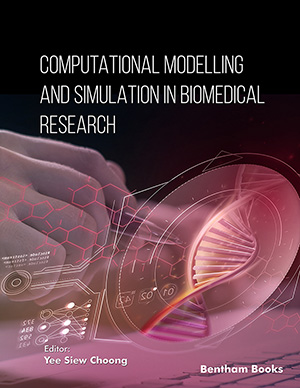Abstract
SHS investigation development is considered from the geographical and historical viewpoint. 3 stages are described. Within Stage 1 the work was carried out in the Department of the Institute of Chemical Physics in Chernogolovka where the scientific discovery had been made. At Stage 2 the interest to SHS arose in different cities and towns of the former USSR. Within Stage 3 SHS entered the international scene. Now SHS processes and products are being studied in more than 50 countries.
Abstract
The digital revolution has significantly impacted worldwide technologies
over the past few decades. Biomedical research is one of the most impacted fields with
the advancement of computational power and data processing. The human genome
sequencing project has generated an enormous amount of information, which is
challenging to be stored and interpreted without the aid of computer programs. The
development of computational algorithms has, therefore, greatly eased and reduced the
time to study and analyze the human genome information. This has directly improved
our understanding of the complex genome structure such as the presence of different
regulatory regions and non-coding regions that code RNA like microRNA or long noncoding RNA (lncRNA). In addition, many computational tools have been developed to
improve our understanding of the biomedical field. This covers the areas from the
study of biomolecule structures and interactions, dynamicity of biomolecules, cellular
activity, to system biology. This chapter thus provides a brief introduction to various
computational tools in these areas and their importance.
Keywords:
We recommend

Authors:Bentham Science Books






